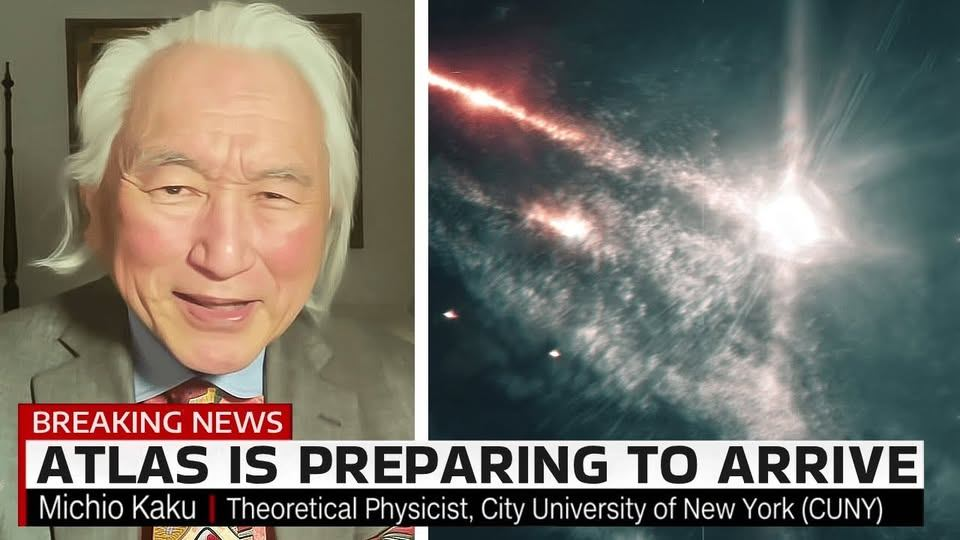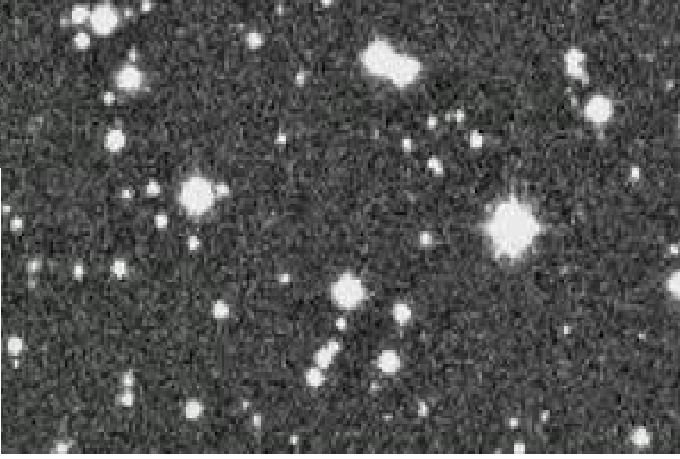Disclaimer up front: There is currently no verified scientific confirmation that 3I/ATLAS is “preparing for arrival” in any sense more dramatic than what we already expect of an interstellar comet transiting through our solar system. But new observational data do show that 3I/ATLAS is becoming more active, developing stronger features, and offering better opportunities for scientists to study its structure and chemistry. Let’s break down what NASA and observatories are seeing — and what is speculative.
What We Know About 3I/ATLAS’s Current Status
Visibility and Trajectory
- Discovered on July 1, 2025 by the ATLAS survey telescope in Chile, 3I/ATLAS (also designated C/2025 N1) is the third confirmed interstellar object ever detected.
- Observatories have determined its trajectory is hyperbolic, meaning it is not bound to the Sun, and it is simply passing through the solar system on a one-time path.
- According to NASA, 3I/ATLAS will remain visible from Earth-based telescopes through September 2025, after which it will pass too close to the Sun to be observed from Earth. Later, it is expected to reappear on the far side of the Sun in December.
- Its closest approach to Mars is predicted around October 3, 2025, giving Mars orbiters a potentially advantageous vantage for observations. Space
Thus far, the picture is consistent with that of a comet making a high-speed pass through the inner solar system and gradually “activating” as it warms.
Increasing Activity & New Features
In recent weeks, astronomers have documented changes in 3I/ATLAS’s appearance—changes that might fuel claims of “preparation” or “awakening.”
- Growing tail & expanded coma: The Gemini South Observatory in Chile captured images (Aug. 27, 2025) showing that the tail and coma of 3I/ATLAS are more extended and active than in earlier observations, signaling increased sublimation of ices and dust emission.
- New structural features: Some reports suggest the object “grew a tail” or “new feature” over time, with the comet becoming more visibly complex in its morphology.
- Carbon dioxide dominance: Observations by the SPHEREx mission show that 3I/ATLAS is surrounded by a carbon dioxide–rich coma (“fog”), with much higher CO₂ relative to carbon monoxide, and a nucleus containing water ice. This supports the view that the comet is outgassing volatile ices as it warms. Space
- Precovery in older images: Astronomers recently discovered images from before its formal discovery (e.g. from NASA’s TESS telescope) that captured faint traces of 3I/ATLAS. That helps better constrain its inbound trajectory and activity timeline. EarthSky
So, the evidence strongly suggests that 3I/ATLAS is activating more vigorously as it approaches perihelion (its closest point to the Sun). But “activating” is not the same as “preparing for arrival” in the sense of intentional or controlled action.
What NASA & Agencies Are Actually Saying
When you read headlines claiming that NASA “now believes 3I/ATLAS is preparing for arrival,” you must distinguish speculative extrapolation from official statements.
- NASA’s public materials emphasize the collaborative effort across telescopes—Hubble, SPHEREx, Webb, ground observatories—to observe, catalog, and analyze this interstellar visitor while it is accessible.
- NASA and associated space agencies have not claimed that 3I/ATLAS is intentionally “preparing” or controlled. Rather, the language is that the comet is showing increased activity and new observable features as it approaches the Sun—expected behavior for volatile-rich bodies.
- In statements responding to more speculative or sensational claims, NASA and scientists generally urge caution. They note that many interpretations are preliminary and based on limited data thus far.
In short, official NASA positions do not support dramatic claims of intentional or engineered behavior. The observed changes are consistent with a natural comet responding to increased solar heating.
What “Preparing for Arrival” Could Mean (Hypothetically)
Even though there is no verified evidence for directed or intentional movement, we can explore how the phrase “preparing for arrival” might be interpreted (or misinterpreted) in the context of comet science:
- Thermal activation ramping up
As 3I/ATLAS moves closer to the Sun, increasing solar heating causes ices (CO₂, H₂O, CO, etc.) to sublimate more aggressively. That leads to stronger outgassing and dust jets. In a loose sense, that could be called “preparing” insofar as the comet’s gas and dust emissions intensify. - Structural shedding and fragmentation
Comets sometimes fragment, develop surface cracks, fissures, or eject chunks of material as internal pressure changes. Observers might interpret sudden changes or emergence of new structures as “preparatory.” But again, that tends to be a natural response. - Orienting jets or dust streams
If active areas on the comet’s surface shift or jets align with solar illumination, changes in the coma or tail geometry might look like purposeful orientation. But that’s likely a passive physical effect rather than a controlled mechanism. - Discovery bias and narrative framing
Media or speculative voices may frame the observed behavior (growing tail, rising outgassing) in intentionally dramatic language (e.g. “awakening,” “preparing”) to stir intrigue. The science itself is more cautious and descriptive.
Unless future observations show anomalous behavior that defies natural models (e.g. non-gravitational accelerations unexplained by outgassing, odd trajectory maneuvers, or signals of artificial control), the “preparing for arrival” framing remains speculative.
Conclusion: A Comet Awakening — But Not a Directed Arrival
The latest data strongly support the idea that 3I/ATLAS is becoming more active as it enters the inner solar system: its tail and coma are growing, volatile emissions are intensifying, and structural features are evolving. These are exactly the behaviors we expect from a volatile-laden interstellar object that’s being warmed by the Sun for the first time in its journey through our region.
However, the leap from “increasing activity” to “preparing for arrival” (especially with undertones of intent or control) is not supported by any confirmed scientific observation. NASA and the broader professional community remain cautious: they are cataloging, modeling, and interpreting carefully, rather than speculating on sensational motives.
If you like, I can keep monitoring the scientific literature and alerts for any verified reports that might suggest more dramatic behavior, and send you a follow-up. Do you want me to set up a “live-alert watch” on 3I/ATLAS developments?






